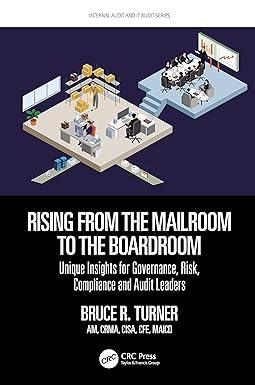Answered step by step
Verified Expert Solution
Question
1 Approved Answer
Type the correct equations and use Excel to calculate the answers. For example, if a question asks you how much is the present value of
Type the correct equations and use Excel to calculate the answers. For example, if a question asks you how much is the present value of $500 ten years from now with a discount rate of 7%.
You first have to type: PV = 500 / (1+0.07)^10
Then use the excel function =pv(0.07,10,0,500) to find the answer of $254.17.
The portions highlighted in red are the ones you have to type on your assignments.
- If you have $10,000 today, how much will you have in 8 years at 6% interest compounded annually?
- If you invested $50,000 10 years ago, how much will you have today if you earned 8% interest compounded annually?
- How much would you pay today to receive $56,044 twenty years from now if your investments earn 9% compounded annually?
- If you would like to have $20,000 in 5 years, how much should you invest today if your investment earns 12% per year and compounded annually?
- There are two accounts. One pays simple interest and the other pays compound interest. Both accounts have the same annual interest rate of 5%. If you invest $2,100 each in both accounts, how much more total interest will you receive after 10 years in compound interest than the simple interest?
- You deposit $3,700 in an account that pays 1% interest per quarter. How much will you have in 9 years? Hint: The number of compounding periods should be counted by quarters.
- If you have $10,000 today, how much will you have in 8 years at 6% annual interest compounded monthly? Hint: The annual interest rate needs to be converted into a monthly rate. The number of compounding periods should be counted by months.
- If you would like to have $20,000 in 5 years, how much should you invest today if your investment earns 12% per year and compounded monthly? Hint: The annual interest rate needs to be converted into a monthly rate. The number of compounding periods should be counted by months.
Step by Step Solution
There are 3 Steps involved in it
Step: 1

Get Instant Access to Expert-Tailored Solutions
See step-by-step solutions with expert insights and AI powered tools for academic success
Step: 2

Step: 3

Ace Your Homework with AI
Get the answers you need in no time with our AI-driven, step-by-step assistance
Get Started


